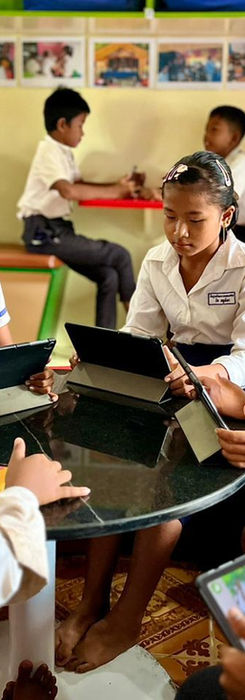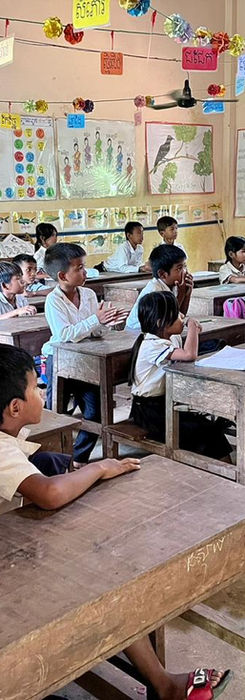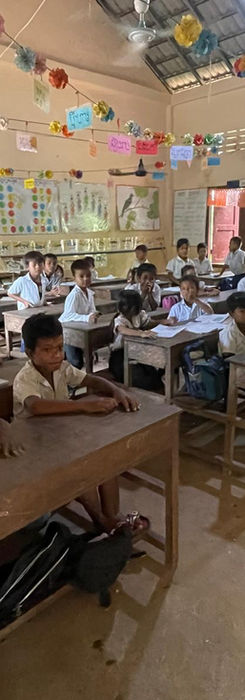School Sports Southeast Asia
What is School Sports Southeast Asia?
Unlocking student potential through access to sport.
Malcolm has experienced firsthand how sports have helped him develop and grow as a student. Sports have taught Malcolm how to be a leader, to be a team player, to work hard and see the results of that work, and how to concentrate deeply over long periods of time.
Malcolm has volunteered with several organizations that have sought to introduce kids to the benefits of sports on their physical and mental health and wellbeing in Singapore, Cambodia, Vietnam and the Philippines.
Through those activities and his own experiences, Malcolm came to realize that schools that offer sports to their students have better academic results and lower dropout rates. However, he also saw firsthand how in underprivileged areas in many Southeast Asian countries there wasn’t sufficient funding for many schools to provide sports programming.
This realization led Malcolm to start School Sports Southeast Asia (“SSSEA”). SSSEA works with local primary and secondary schools in Southeast Asia to help them deploy sports programming for their students.
The Benefits of Sports for Students
Why Sports Matter
Regular access to sports offers a multitude of benefits, including boosted physical health, improved academic performance, and enhanced emotional resilience. Sports and after-school activities provide fertile ground for adolescents to develop initiative and feelings of self-efficacy. Team sports teach students how to communicate, lead, manage time, and effectively handle adversity. These transferable skills from sport help children learn how to leverage these skills in academic preparation, in developing and maintaining productive relationships, and in gaining confidence in their abilities to function effectively in the world of work. Goal setting are utilized to enable participants to envision possible futures and to gain the social support often required to form healthy habits and achieve life successes. Furthermore, studies consistently show that schools with structured sports programs tend to have better attendance rates and lower dropout rates. SSSEA exists to make these invaluable benefits accessible to every student—regardless of background or geography.

ARTICLES
Our Framework
While each project is customized depending upon the needs of the school, SSSEA focused on 4 key activities:
01#
Hire a teacher / coach: The teacher /coach is dedicated to providing holistic sports programming to a school / group of schools.
In order to maximize the impact of an SSSEA project, it is often better to work with a group of schools as it will allow the cost of one teacher / coach & the provided sports equipment to be shared across multiple schools, allowing more efficient use of those resources.
02#
Provide sports equipment: The focus is on providing equipment for sports without elaborate equipment needs such as soccer, basketball and rugby.
Such sports are accessible even in the most underprivileged areas of Southeast Asia and simply require a ball, a field and a teacher / coach. In certain areas, for example in Indonesia and Malaysia, SSSEA will also provide sports equipment for locally popular sports which have relatively light equipment needs such as badminton.
04#
Create a curriculum & programming: SSSEA works with its partner schools and the teacher / coach to design a curriculum & programming that will be most impactful for each school or group of schools. In certain circumstances this can mean:
-
Designing an after-school sports program such that students have a place to spend time in a safe environment, rather than being unsupervised
-
A joint sports / study hall program that gives students an outlet to exercise while setting aside dedicated time to work on academics and homework
-
Forming a sports league such that teams from several schools within a given area have an opportunity to play each other, building bonds among the student-athletes
05#
Measure outcomes: SSSEA works with its partner schools to track data such as
(i) dropout rates,
(ii) attendance,
(iii) graduation rates and so forth, in order to quantify the impact of its programs.
Furthermore, SSSEA is continually receiving feedback from its partner schools, and students and their parents, and uses this data to refine and improve its programming.














